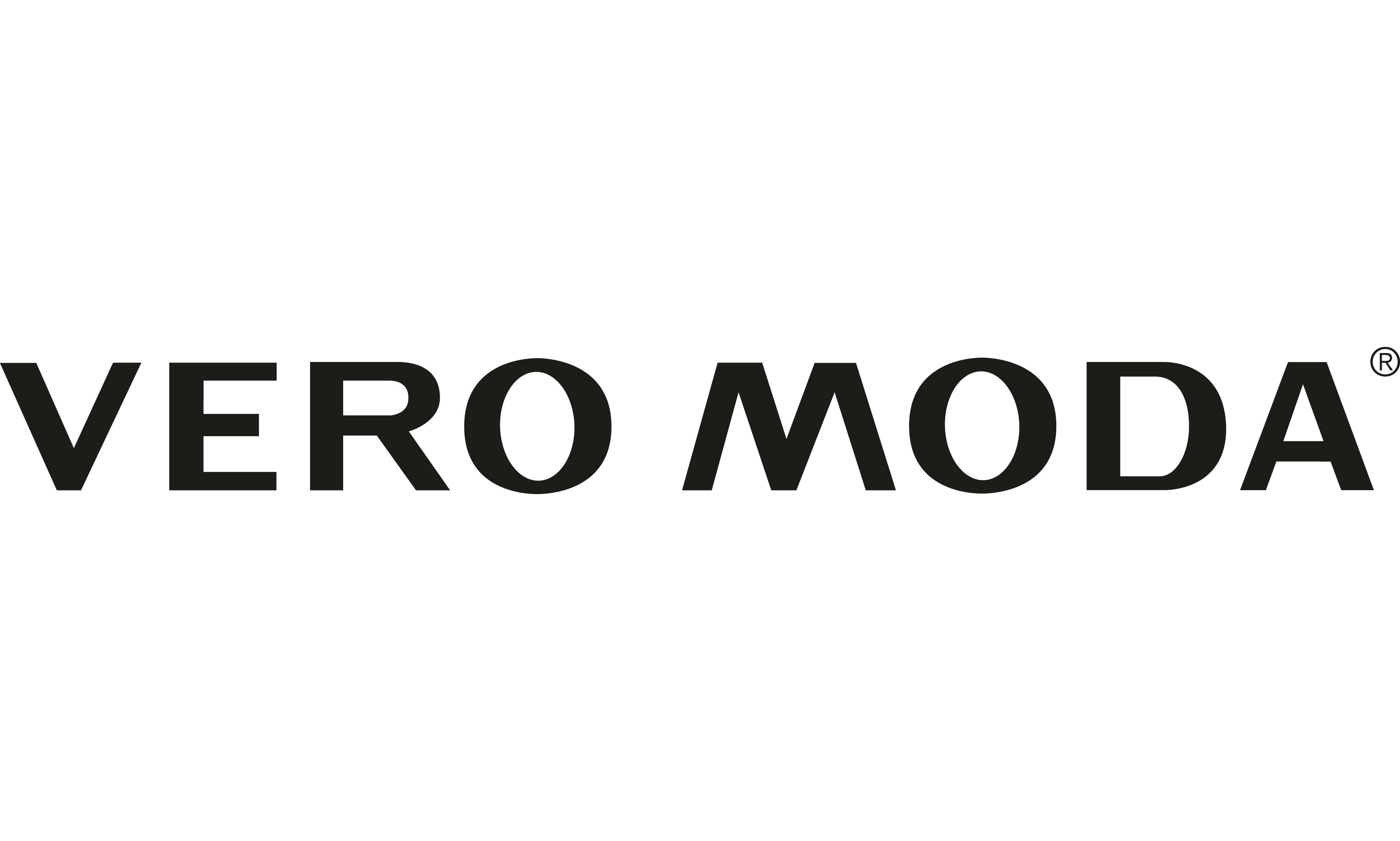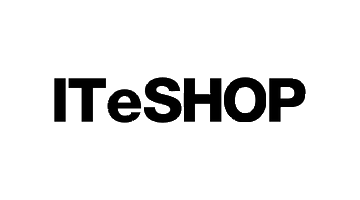Innovation in Fashion Technology: How Machine Learning and Artificial Intelligence are Enhancing the Discovery Journey
Picture a fashion label that lacks insight into the style preferences of its target customers. It’ll struggle immensely to meet the shoppers’ fashion expectations.
Thankfully, fashion and technology have teamed up to enhance customer experience with fashion brands. Innovation in fashion technology, including machine learning (ML) and artificial intelligence (AI), has revolutionised this industry.

With the help of new tools, businesses can forecast design trends and fashion styles before committing to production, resulting in optimised production lines and improved apparel design.
Delve deeper into the subject to understand how technologies shape innovation in the fashion industry and the mechanics behind these technologies.
The Impact of Machine Learning and Artificial Intelligence on the Fashion Industry
In today’s fast-paced world, achieving a high level of personalisation can be daunting without the help of AI or similar automated processes. Moreover, modern-day customers anticipate fashion brands to keep up with the latest tech to offer unparalleled convenience and experience.
In 2017, 44% of UK fashion firms faced bankruptcy due to their inability to adapt to the growing need for personalisation. So, it’s evident that customised marketing and prompt customer service are now the new norms.
Thanks to innovation in fashion technology, brands can now deliver on these expectations. ML and AI have profoundly impacted the fashion industry in the following ways:

Apparel Design
With the help of precise customer data and the latest technology, fashion companies are now better equipped to understand customers’ apparel design demands.
Luxury brands like Louis Vuitton are utilising AI-based technologies to determine customers’ style preferences. These cutting-edge solutions help predict style trends with digital clothing, delivering a personalised experience to customers.
Manufacturing Process of the Fashion Industry
Thanks to advanced mechanics, fashion brands can now offer customers attractive fashion accessories and apparel.
In fact, AI-based brands can provide fast-changing fashion trends quicker than traditional retailers. This is why renowned brands like H&M, Zara, UNIQLO, and Top Shop can deliver the latest seasonal trends faster than expected.
How ML and AI Work for the Fashion Tech Industry
Using chatbots is one of the primary uses of ML and AI for many brands. Through AI chat technology, fashion industries can collect information about their target consumers’ style preferences and purchasing habits.
For example, when a person looks for a new dress or shoe, they can talk with a fashion chatbot and express their fashion needs and desires. The collected data help companies understand their audience’s pain points better.

In addition, many fashion companies use machine learning algorithms to analyse customer data. It helps them improve supply chain management and the overall shopping experience.
Virtual styling and machine learning also play a role in reducing textile wastage and inventory costs.
These technologies are helping the fashion industry gather valuable insights into consumer preferences and predict the final clothing designs shown on human models.
How Online Fashion Retail Uses Machine Learning and Artificial Intelligence
ML and AI are versatile technologies that can optimise several aspects of the online fashion retail industry. They can improve targeted advertising, refine business strategies, and strengthen supply chain management.
Ultimately, these technologies are beneficial for creating a smarter shopping experience for consumers. Let’s take a look at some specific ways that fashion businesses can utilise AI technology:
Creating Customer Segmentation
Customer segmentation is a crucial aspect of the fashion industry, as it allows brands to tailor their marketing strategy to meet the needs and preferences of different customer groups. ML and AI are powerful tools that can help fashion brands to create effective customer segmentation.
ML works by learning about customers’ preferences, and it can start collecting data when a customer enters a website for online shopping. AI then uses this data to recommend products based on the customer’s preferences and the specific segment they fall into.

Creating Design Prediction with AI Technology
AI has a tremendous impact on the apparel designing process. The technology can help fashion brands create virtual designs according to the current trending styles and customer preferences.
With the assistance of these tools, designers can predict whether or not customers will like their designs. This way, brands can avoid producing items that won’t sell.
Generating Product Recommendations
Product recommendations for customers are a common use of AI technology. This particular service significantly impacts the interaction between consumers and brands.
You can use product recommendation engines to link consumer and product data to build a seamless online shopping experience.

AI uses product data to create different categories of best-selling, most-viewed, and most-reviewed products to help consumers find the best product within your shop. Hence, you can enhance customer engagement with your brand.
Smart Site Search with AI Technology
AI technology is transforming the online shopping experience with smart site search capabilities. The search bar is often the first point of contact between customers and retailers. Visitors trust the search tool to look for products in your online shop.
That’s why fashion brands use AI to improve their search bar experience with semantic interpretation capabilities. With this language processing, artificial intelligence matches search queries with the product title and description. This process helps rank products and present the most relevant results to customers.
As a result, the search experience becomes seamless, comprehensive, and efficient for shoppers, leading to higher engagement and sales for the brand.

Product Stocking Recommendations
Most retailers face the common problem of overstocking or understocking some items. This situation can arise due to not knowing which products are in demand and vice versa.
Innovation in fashion technology, like machine learning, can help retailers calculate product demand by considering its selling history and market trends. As a result, sellers can forecast which products they should stock and at what volume to meet their customers’ needs.
Advanced ML algorithms can also help you predict price changes, allowing you to offer products at the ideal price.
Inventory Management
The fashion industry has benefited significantly from the impact of ML and AI, particularly in inventory management. AI algorithms can help fashion brands optimise their supply chain matrix and automate stock-taking, packing, and order fulfilment processes.
In summary, ML and AI have become indispensable tools for managing inventory in the fashion industry.
How Do Consumers Interact with AI Technology?

Different consumer generations have varying expectations for their shopping experience. For instance, Gen Z readily embraces AI technology, while older generations may be sceptical of its impact on their lives. Understanding your audience’s preferences in digital fashion technology is crucial to successfully incorporating ML and AI into your brand.
Despite this generational gap, all customers desire a high-quality shopping experience, and AI can help retailers achieve this goal. The technology is about creating a seamless and enjoyable journey for consumers, regardless of age.
Here’s what consumers expect from online stores, which can be achieved with the application of automation:
- The online store will have products in their size
- Products will be in stock with a good number of variations
- The shopping experience will be personalised for the customers
Benefits of ML and AI for the Fashion Industry

Now that you know how ML and AI affect the fashion industry, how it works, and where you can use them, you’ve already understood some of the benefits of this new fashion tech.
Here’s a demonstration of some key benefits of ML and AI for the fashion industry:
Customer Personalisation
Personalisation is critical to any business’s success, whether in the fashion industry or the kitchen accessory market. With the help of AI, companies can gather vast amounts of data about their customers’ preferences, allowing them to create tailored experiences that cater to individual needs.
By using business analytics powered by deep learning through ML and AI, fashion retailers can keep track of the latest trends in apparel and gain insight into consumer purchasing behaviour for specific products. These things will make it easier to deliver personalised offerings.
Inventory and Supply Chain Management
With ML and AI, fashion brands can analyse data on sale performance and inventory levels to forecast future selling rates. This way, business retailers can plan inventory stock accordingly by knowing what to stock and when to stock it.
Using these sales analytics, brands can reduce apparel waste and increase profits with customer satisfaction.
Solving Returned Products Issue
Reducing the number of returned products is a significant challenge for the fashion industry. It can significantly impact both product value and operational costs.
However, with AI technology, retailers can now leverage data on inventory and consumer preferences. They can better predict which products will likely be successful with their customers.
By stocking up on items more likely to be purchased, retailers can reduce the number of returns and increase overall customer satisfaction.

Reducing Manpower
ML and AI technologies enable fashion industries to automate mundane tasks, usually done by human workers.
By automating tasks such as customer service or data entry, companies can reduce their reliance on human resources and free their employees to focus on more strategic tasks. It improves productivity and enables the industry to optimise its workforce for greater efficiency and profitability.
Improving Customer Service
AI chatbots and other assistive techs have improved customer service and interaction between shoppers and the brand. Fashion houses can cover tracking sales to product recommendations using chatbot facilities.
Having an improved conversation process with the brand makes customers’ recommendations and shopping experiences seamless. In return, it strengthens the fashion brand’s image to the customers.
Case Studies of Fashion Brands Using ML and AI

Here are some popular brands that have been using ML and AI technology for some time:
Tryano
The fashion brand needed help with matching inventory stocks with customer demands. It wanted to streamline customers’ shopping experiences and provide highly optimised product recommendations.
Tryano teamed up with Intelistyle to streamline product discovery and personalise each customer’s journey. And it was a perfect choice.
Intelistyle’s AI service doesn’t spit out generic recommendations. The system suggests the perfect pieces to complete any look or inspire new outfits. It really “got” Tryano’s style-obsessed customers, who loved discovering new favourites they would never have found on their own.
As a result, Tryano experienced 103% higher CTR and 130% higher revenue with Intelistyle’s service. The brand’s revenue was increased by 10%, and ROI was shot up to 20x.
Tommy Hilfiger
Intelistyle’s AI solutions were a total game-changer for Tommy Hilfiger. It used a couple of technologies, but the AI Brand Stylist was the real MVP. The virtual stylist embodied the brand’s signature preppy-chic style, helping the customers discover a new world of styling inspiration.
Shoppers felt that Tommy Hilfiger’s style sensibility was personally styling them, resulting in loving the brand more. And what do shoppers do when they connect deeply with a brand’s style? They click more, buy more, and spread the word.
So, it’s no surprise that Tommy Hilfiger saw their ROI grow by 19x with an impressive 21.85% increase in generated sales and a 5.12% increase in Additional Direct Monthly Revenue.

H&M
Intelistyle completed another successful project with H&M. The Swedish clothing company had been bleeding money on manually tagging each product in their expansive catalogue. And it was still not enough. There were too many missed opportunities and unsatisfied customers.
But Intelistyle’s product attribute tagging technology changed everything. It tagged each outfit with the right keywords to show the most relevant entries when shoppers search for a product. No more trudging through irrelevant results to find what they want. And the H&M team can still improve tags here and there, keeping their human touch. It’s the perfect mix of AI magic and human insight.
The results have been nothing short of spectacular. With 81% less spending on tags and 30% more conversions, H&M is currently enjoying a booming business.
Future of Fashion with ML and AI Adoption

Fashion technologies, like machine learning, artificial intelligence, 3D printing, blockchain, virtual reality, virtual influencers, etc., have undoubtedly taken the lead in fashion industries.
ML and AI will reduce complexity and increase precision for businesses soon. And when that happens, consumers will notice a stark divide between companies that use these technologies and those that don’t.
The primary purpose of AI algorithms is to make businesses strategise more effectively. ML and AI algorithms provide improved consumer data collection and a deeper understanding of current and future fashion trends.
This innovation can help fashion brands save time and improve their bottom line. It is also expected that the future of fashion will become more eco-conscious, ethical, and sustainable.
However, it is essential to recognise that technology alone cannot revolutionise the fashion industry. The government and citizens must encourage brands to produce more sustainable and ethical fashion. And brands must be aware of the limits of technology to avoid a potential job crisis for the human workforce.
How Companies like Intelistyle are Leading the Future
If you’re trying to incorporate AI technology into your fashion business, you know it’s pretty intimidating. But with Intelistyle, you can make the incorporating process simple and streamlined.
With our virtual fitting room service, you can improve clothing recommendation features for your customer. The Mix and Match service helps customers generate outfit looks using AI, or they can try mixing different styles to inspect how an eclectic style will look before buying.

Besides, our eCommerce personalisation tools will help set up the right colour and apparel design according to consumers’ shapes and colours. To decorate the personalised section, you may hire social media influencers.
We also help fashion vendors with buying and merchandising planning. In addition, a powerful site search is also essential to get your customers into your business. In that case, a visual site search with the traditional search bar can be a good combination.
As evidence of our success, Intelistyle won the best fashion AI product title at the 2021 Cogx festival.
Conclusion
The fashion industry is witnessing a rapid transformation with the adoption of advanced technologies, such as machine learning, artificial intelligence, and virtual reality. Innovation in fashion technology has improved the customer experience and enhanced the manufacturing and stocking process for fashion brands.
With AI-powered tools, brands can better understand their customers’ preferences, predict future trends, and develop sustainable materials. Small brands can also benefit from this innovation to improve their brand image.
Book a free consultation















